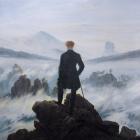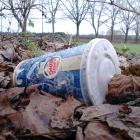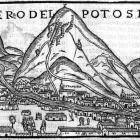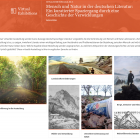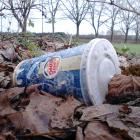Pollution and Waste
Pollution and Waste
In this chapter of her virtual exhibition “Human-Nature Relations in German Literature,” Sabine Wilke shows how topics of pollution and waste in German-language writing reach back to the nineteenth century, when the production of industrial waste—and pollution of the air, ground, and water—first began to occur on a massive scale. For the German-language version of this exhibition, click here.






